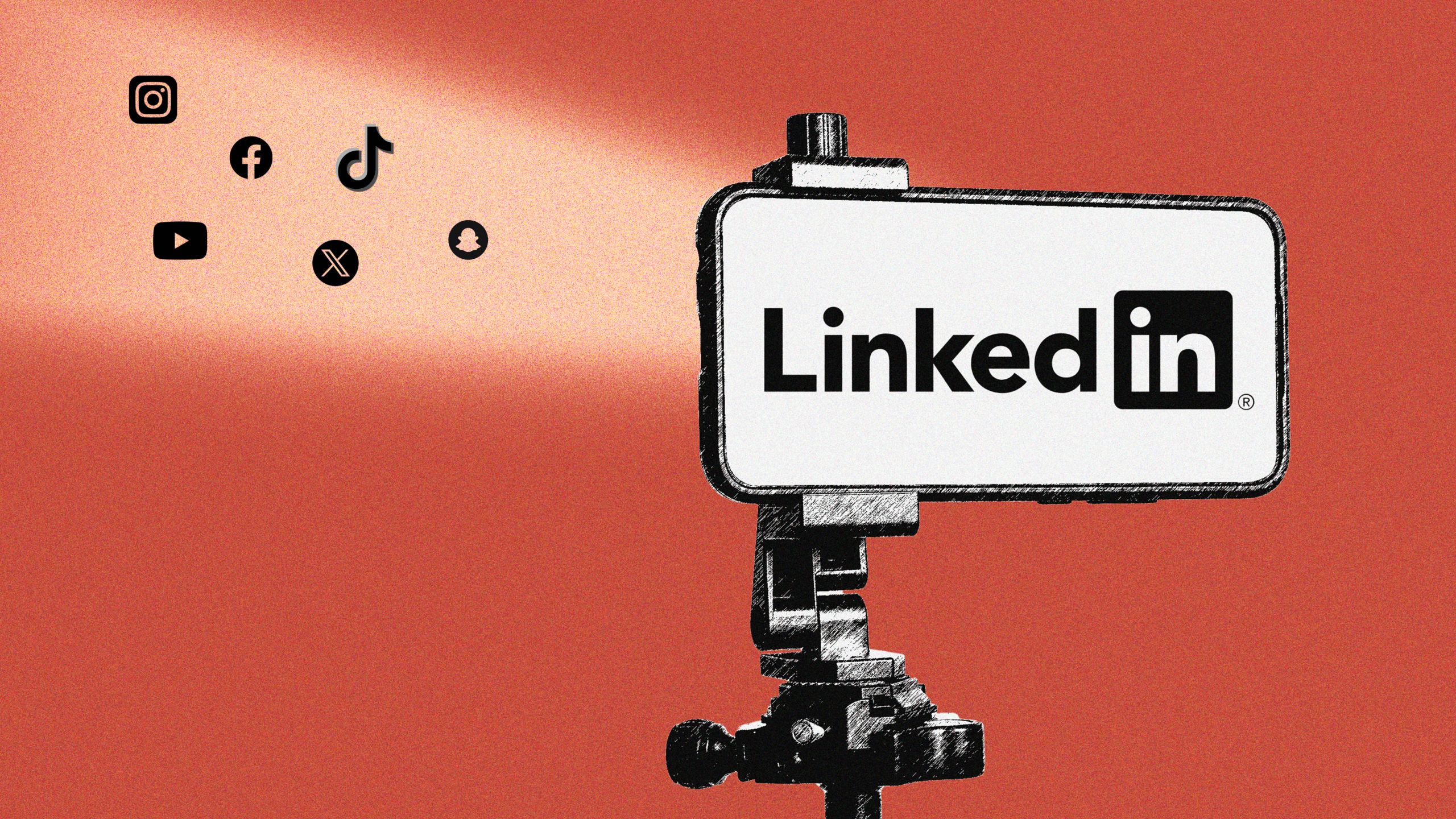Question 4: What happens if things go wrong?
A few months ago, Kendrick Lamar released a song called Euphoria and, in that song, there’s one line that I think about at least once a week: “Everybody wants to be a demon until they get chipped by a throwaway.” Now in the context of the song he’s talking about Drake, but every time I hear it, my mind goes right to social media managers and the risks we take to maximize engagement. We all want to be seen as “fun” or “human” or in some cases “unhinged,” but with any risk, the chance of something going wrong is inevitable. So, what do you do when the other shoe drops and content that wasn’t necessary (a throwaway) leads to you being hit (or chipped) with some negative consequences?
The key is to have that question answered before you even hit send. Do your best to think about all possible outcomes. Has anyone offensively used this meme? Could your post offend someone? Can it be misinterpreted? How can it be misinterpreted? Is it worth it? These questions, and probably a few more, should run through your mind like a checklist before you post.
Once It’s posted, monitor comments, shares, duets and stitches. If you notice things starting to go sideways, it’s up to you to decide whether to post a statement or delete the post. Remember, just because you delete something, doesn’t mean it’s gone. Also, the sky isn’t falling after a few negative responses. Use your judgment and play it safe.
Memes are great. They help connect with your audience, and they humanize your brand. With that said, no meme is worth creating a potential issue. Be careful. Be mindful. Be prepared. And, despite all of that, try to have some fun.
Happy meming!




